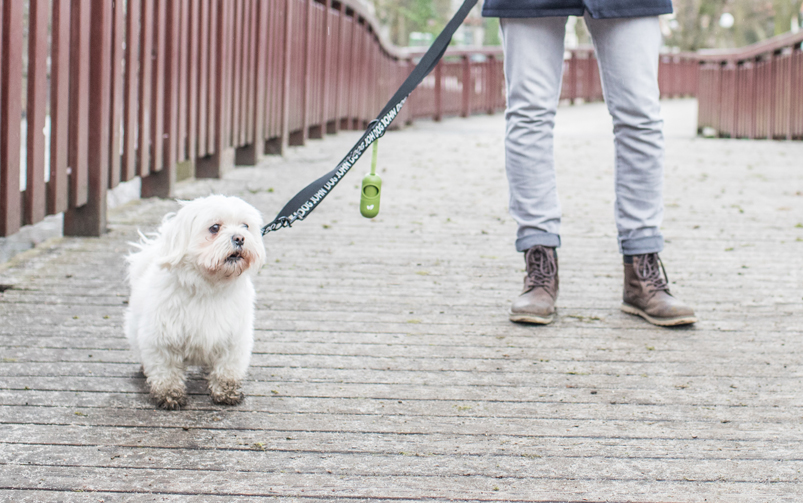THREAT NOT ONLY TO PEOPLE
Bacteria and microbes in animal faeces are a threat to both us and our pets. Dogs tend to sniff the poops of other quadrupeds. They do it because thanks to this they get information about the “author” of a given face. By sniffing, licking or, worse still, eating another pet’s excrement, your pet can contract parasites or bacteria. They cause infectious diseases and therefore pose a health risk.
Children who are not yet in the habit of hygiene are often exposed to untreated dog waste. Toddlers instinctively put dirty hands or objects in their mouths. If it is something that has come into contact with ‘mined’ soil, there is a serious risk of contamination. Diseases caused by microbes and bacteria in the faeces of pets can be very dangerous for children.

WHAT’S IN THE GRASS-GRASS?
Below are the 5 most common diseases caused by canine excrement.
1. TOXOCAROSE
The disease is caused by a parasite – roundworm larvae (canine and feline). Parasite eggs can be found on vegetables and fruits, but infection is most common in sandboxes and parks. This is where the untreated droppings of pets, including dogs, are often found. Toxocarosis is most often diagnosed in children who, while playing in the yard, unconsciously touch their face with their dirty hands. Roundworm larvae travel with the blood throughout the body and can parasitize, for example, the brain or the eye. The degree of soil contamination with roundworm eggs varies. Research carried out in some Polish cities showed the presence of eggs in 8-62% of soil samples.
2. EYEBRUSH
This is caused by the echinococcal tapeworm. It parasites in the digestive tract mainly of the dog and its cousins - the wolf, fox, jackal. Tapeworm eggs are found in the faeces of these animals, and they get into the human digestive tract through dirty hands or unwashed food. The eggs develop larvae that can reach almost any part of the human body. They most often occupy the liver, lungs or brain where they grow to form cysts. The disease is very dangerous, depending on the location of the parasite, it can manifest itself in jaundice, kidney disorders, and even mental disorders.
3. LAMBLIOSIS
The disease is caused by a protozoan named Giardia intestinalis , hence its other name – giardiasis. The eggs of this parasite find their way to the human digestive system most often as a result of contact with the excrements of an infected dog or cat. Giardiasis is usually asymptomatic in most cases, but – especially in children – can be very dangerous. The disease disturbs the digestive processes, which in the case of a young organism sometimes leads to malnutrition and even to impaired physical development.
4. SALMONELLA
We associate this bacterium mainly with chicken eggs, while its sticks can also be found in the faeces of our pets. Salmonella infection – salmonellosis – produces symptoms similar to acute food poisoning and may require hospitalization. The disease can be very dangerous to health in children and immunocompromised people.
5. JERSINIOSIS
This is another disease caused by bacteria that enter the human body through the gastrointestinal tract. The infection may occur, among others, by through contact with something contaminated with animal faeces. Mainly children under five suffer from yersiniosis. The symptoms are similar to food poisoning.
HOW TO PREVENT INFECTION WITH SUCH-DISEASES?
Cleaning the dog’s toilet is extremely important. As long as we see dog droppings in our neighborhoods, near playgrounds, squares and parks, we are more likely to be infected with dangerous bacteria and parasites. Children, who have lower immunity than adults, are at greatest risk, so the diseases mentioned above are especially dangerous for them.
Do not forget about regular deworming our pets. It is worth visiting the vet every 3-4 months for this purpose. Deworming reduces the risk of contamination with certain microorganisms (parasites).
Remember and remind the little ones about the hygiene rules : washing hands after contact with animals and after returning home from a walk or from the playground (it is also worth using an antibacterial gel) and careful washing vegetables and fruits!
